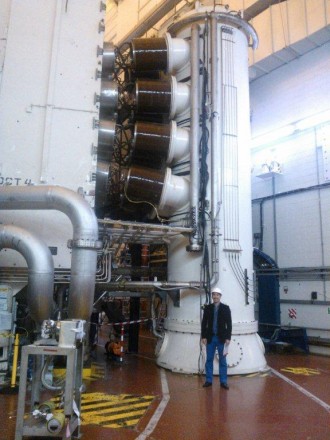Thanks to Brigid Mullane for this opinion piece for Scope.
Since Tony Abbott announced his new cabinet in September, much has been made of the absence of the word ‘science’ in any minister’s title.
Ian Macfarlane is now Minister for Industry, which includes responsibility for the CSIRO. In the previous government, Kim Carr was Minister for Innovation, Industry, Science and Research. So, could the change be mainly a expression of Tony Abbott’s stated preference for short titles, rather than a sidelining of science?
The government has disbanded the Climate Commission, seeing no need for a dedicated body to review local and worldwide climate research, and explain it to the government and the people of Australia. It must have great confidence in its Direct Action policies as a way to deal with climate change.
The new Minister for the Environment, Greg Hunt, expressed this confidence in an interview with the ABC, where he also affirmed his government’s acceptance of climate science and the existing (5% by 2020) emissions targets for Australia, and its in-principle support for ratifying the second phase of the Kyoto Protocol. He noted that research by the Bureau of Meteorology and the CSIRO was available to the government, so he is not averse to climate research as such.
At the same time, the government is moving to shut down the Clean Energy Finance Corporation (CEFC) and the Climate Change Authority, as promised during its campaign. This will require legislation, which the government might find difficult to get through the Senate, whether the existing one, or the new one in July next year. The uncertainty is disruptive, particularly for the CEFC and its clients.
The Senate might also oppose the planned carbon-tax repeal bill, but this could present an opportunity for some negotiation. One part of the Direct Action plan is an Emissions Reduction Fund to buy emissions abatements. This has something in common with emissions trading schemes, in that it seeks to use market mechanisms to reduce lowest-cost emissions first. Perhaps some compromise bill could be devised, that would be acceptable to the House and the Senate.
Apart from climate science, there was not much talk about science during the campaign. Science in education is the province of the new Minister for Education, Christopher Pyne, who has not made any announcements about this. Meanwhile, the Australian Curriculum Assessment and Reporting Authority continues its work on a national curriculum.
And on the subject of education, some people seem to think that political conservatives are generally anti-science, a view expressed by a recent ABC website contributor. In a personal-attack-style piece on the new government he advised, “don’t be at all surprised to see a push for ‘intelligent design’ to be included in school curriculums”. This kind of hyperbolic speculation might say more about the ABC’s editorial policy, than about government science policy.
A more rational assessment would suggest that there will be disruption, perhaps for months, to activities meant to deal with climate change, as the new government seeks to replace existing programs with its own. In other areas, there is no evidence so far that the role of science in informing government policy will change very much. Of course, there are many other Abbott policies that could mean big changes if enacted, but that topic is outside the scope of Scope.

